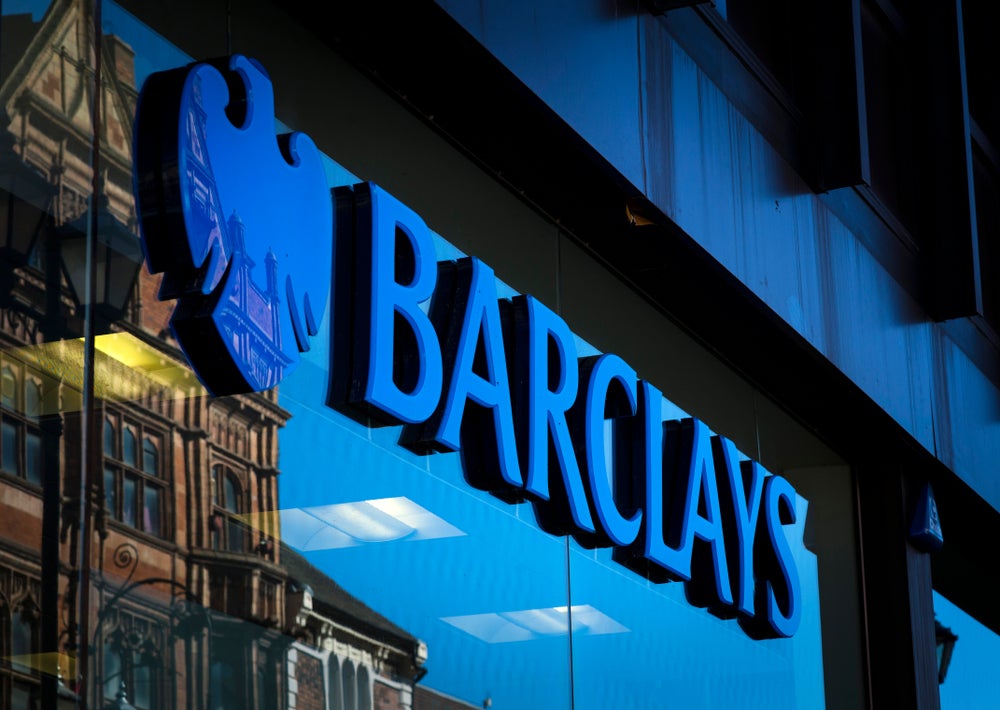Major banking groups in Europe
and the US have reported a strong first half of the year. In the
US, despite growing concerns over the subprime mortgage fallout,
the pressure on retail banking profits has largely been countered
by bullish investment banking markets – but how long will it last?
Douglas Blakey reports
Half-yearly earnings figures reported by most of the major
banking groups in the US and Europe have largely been strong. In
Europe, Spain’s Santander has been particularly impressive; in the
US, investment banking revenues helped JPMorgan Chase to a 36
percent rise in profits year-on-year.
But looking forward to the third quarter and the rest of 2007, the
signs suggest that US banks in particular will face much tougher
market conditions brought on by significant credit quality concerns
as well as write-downs relating to the subprime mortgage
saga.
Difficult conditions in the US
A number of US players have already begun to show signs of the
difficult trading conditions to come: interim profits at
Countrywide Financial, the US’s largest mortgage player, were down
34 percent year-on-year.
Most of the major US players reported increased provisions for loan
losses. Citi, for instance, reported that it had set aside $2.7
billion for loan losses, which is a 50 percent increase over the
$1.8 billion credit loss for the same period last year.
How well do you really know your competitors?
Access the most comprehensive Company Profiles on the market, powered by GlobalData. Save hours of research. Gain competitive edge.

Thank you!
Your download email will arrive shortly
Not ready to buy yet? Download a free sample
We are confident about the unique quality of our Company Profiles. However, we want you to make the most beneficial decision for your business, so we offer a free sample that you can download by submitting the below form
By GlobalDataBank of America (BofA), the largest US retail bank, reported a
reduction in net income of 23 percent in the second quarter. Its
provisions for loan losses were up 80 percent at $1.81 billion,
compared to $1.01 billion a year ago. However, growth in its
capital markets activity and an increase in consumer fee income
helped drive profits up overall, with net income up 5 percent to
$11 billion for the half year.

JPMorgan Chase increased its provision for credit losses by 100
percent to $2.1 billion, compared with the same period last year.
Tougher retail banking conditions hit its retail financial services
arm, with net income down 10 percent from a year ago for the second
quarter at $785 million.
Wachovia, the fourth-largest US banking group, with net income up
by 28.5 percent in the first half of the year to $4.6 billion,
reported net charge-offs of $150 million, compared with $51 million
a year earlier.
By contrast, the fifth-largest US bank, Wells Fargo, reported
half-yearly net income up by 20 percent at $3.1 billion, and bucked
the trend by cutting its provision for credit losses from $720
million to $430 million for the second quarter.
In Europe, half-yearly results were characterised by a generally
robust rise in fees and commission income. A number of the
continent’s banks also benefited from a well-diversified geographic
earnings base: HSBC was helped by strong growth in Asia, for
example, while BBVA benefited from its substantial Mexican
operation. Its international lending increased by more than 20
percent in the first half, helped by a 53 percent jump in mortgages
in Mexico, a country that now accounts for more than one-third of
BBVA’s earnings.
Overall, Spain’s two biggest banks, Santander and BBVA, continued
to impress.
 Santander reported
Santander reported
continued success in driving down its cost-income ratio, which fell
by 5 percent to 44 percent compared with the first half of
2006.While group profits soared by more than 27 percent, first-half
profits at its UK Abbey subsidiary rose year-on-year by 22 percent,
and now account for around 13 percent of group profits, although it
lost ground in the highly competitive UK mortgage market. Alfredo
Saenz, chief executive of Santander, said in a statement: “These
are superb, excellent results for the group.”
But trading was tougher for a number of other banking groups. One
of the bigger surprises in Europe came from ING. The Dutch group’s
online subsidiary, ING Direct, the world’s largest online bank,
reported a loss in the UK for the first half of the year and a 67
percent fall in profits in the US. However, its insurance division
reported an increase in pre-tax profit of almost 50 percent to
€1.97 billion ($2.65 billion), helping ING to increase its profit
before tax by 8.8 percent to $7.75 billion for the half year.
HSBC, Europe’s largest bank, reported a bad debt charge for the
first six months of the year of $6.35 billion. In the first half of
the year, HSBC’s personal financial services arm’s profit before
tax dropped by 20 percent, largely as a consequence of its
sub-prime mortgage exposure in the US and general weaknesses in the
UK.
In Asia, HSBC’s pre-tax profit grew by 38 percent. It had a
corresponding rise of 43 percent in Brazil and an increase in
revenue of 23 percent in Mexico. The bank, which has recently
announced plans to buy a 51 percent stake in South Korea’s Korea
Exchange Bank, also singled out India as a market it believed was
full of opportunities.
Impact of US fallout yet to be fully felt
In the UK – where the full impact of the US subprime
fallout has yet to be fully felt and the country’s overheated
property market and high levels of personal debt remain a cause for
concern – banks reported lower interest income from mortgages as
margins narrowed.
HBOS, the country’s third-largest banking group, which reported a
30 percent increase in net fees and commission for the first half,
reported an 8 percent drop in profits at its retail banking
division.

The weaker figures arose, according to the bank, as a result of a
mistaken change in its mortgage pricing. Its net mortgage market
share for the half-year plunged to 8 percent from 21 percent
compared with the same period last year with net mortgage lending
down from £10.3 billion ($20.4 billion) to £4.3 billion.
Overall, HBOS reported a near 20 percent increase in net profit for
the first half of the year thanks to a rise in profit of 54 percent
at its corporate arm.
Barclays, the UK’s third-largest bank, reported that its Barclays
Capital division delivered pre-tax profits up by one-third
year-on-year at £1.66 billion, more than offsetting a 2 percent
fall in profits at its South African subsidiary Absa and sluggish
net interest and net fees and commissions figures.
Royal Bank of Scotland’s 19.6 percent increase in net profit for
the first half of the year reflected strong organic income growth
in corporate markets and wealth management divisions.
But RBS reported that profits at its US retail banking subsidiary,
Citizens, fell 7 percent in the first half; operating profit was 2
percent up before the impact of the weak dollar was taken into
account.
In the UK, one of the more impressive retail banking performances
was from Lloyds TSB, the country’s fifth-largest bank, which
reported that non-interest income grew by 16 percent, reflecting
strong growth in its package current accounts – it dominates the UK
bundled account market with a 60 percent share – and higher retail
insurance sales. The bank increased its retail banking profits by
13 percent in the second quarter.







